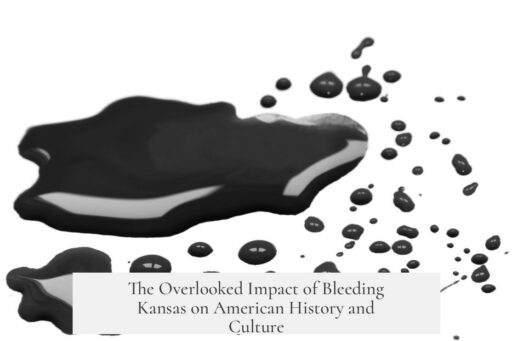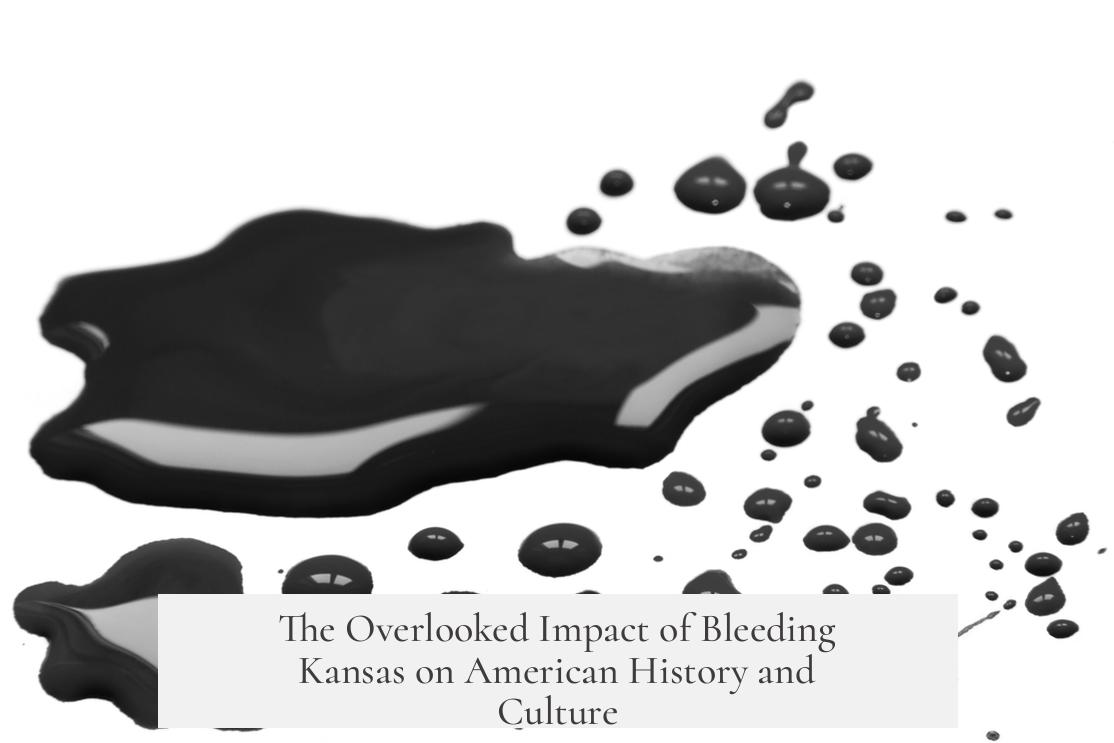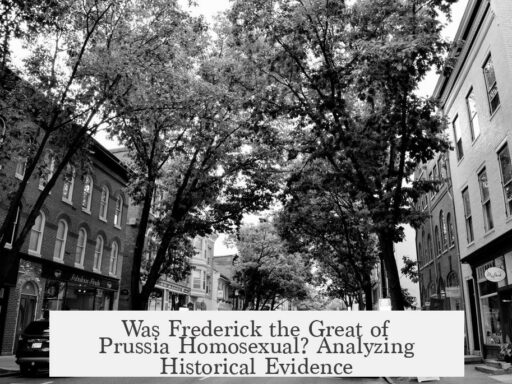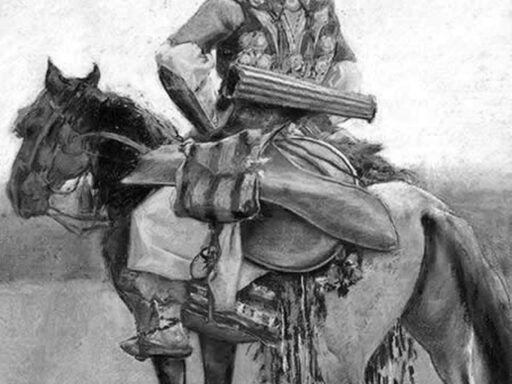The Bleeding Kansas period (1855-1861) is often overlooked in mainstream history and popular culture because it is overshadowed by the larger and more central American Civil War. Despite being a violent and critical precursor to the war, its localized nature, political complexity, and the absence of a singular dramatic narrative contribute to its marginalization. Additionally, historical revisionism and regional differences in education affect its prominence in cultural memory.
Bleeding Kansas represents a violent struggle over whether Kansas would enter the Union as a free or slave state. This conflict involved settlers from both sides rushing into the territory to sway local votes and constitutions. It quickly escalated into electoral fraud, raids, murders, and guerrilla warfare. Pro-slavery groups from Missouri, known as “border ruffians,” clashed repeatedly with anti-slavery “free-staters.” The territory effectively had two competing governments, two constitutions, and two legislatures. This chaos foreshadowed the national Civil War that would erupt shortly after.
Despite its clear significance as a main cause of the Civil War, Bleeding Kansas is often condensed to a footnote in general history education. The scale of violence involved hundreds rather than thousands of casualties, which pales in comparison to the massive battles that followed. Many history courses and textbooks briefly cover it as a lead-up event. The Civil War itself is vast and complex, offering abundant material from Lincoln’s election through Lee’s surrender. This makes it challenging for educators to balance depth of study between the origins and the war’s dramatic episodes.
- The Civil War’s scale and drama overshadow the localized nature of Bleeding Kansas.
- Most discussions reduce it to a minor example of sectional tensions rather than a standalone event.
Bleeding Kansas involves complex political and legal nuances. The Kansas-Nebraska Act repealed the Missouri Compromise and instituted “popular sovereignty,” allowing settlers to decide slavery’s legality themselves. This legislative backdrop confuses simple narratives. Popular culture often favors clear heroes and villains in well-known battles or famous leaders. By contrast, Bleeding Kansas features decentralized violence, guerilla warfare, and no unified leadership on the pro-slavery side. John Brown, an anti-slavery militant, stands out but does not offer a balanced, compelling drama for broader audiences.
Historical revisionism also plays a role. Following the Civil War, Southern “Lost Cause” ideology reshaped history to minimize the role of slavery and downplay conflict origins such as Bleeding Kansas. This effort sanitized Southern narratives by obscuring violent pre-war events and focusing on “states’ rights.” Because Bleeding Kansas showed brutal guerrilla warfare initiated by pro-Southern forces, it contradicts the Lost Cause portrayal of the South’s cause as noble. This political effort reduced its visibility in textbooks and public memory for generations.
- Lost Cause ideology contributed to glossing over Bleeding Kansas to protect Southern image.
- Teachers and textbooks passed down simplified or distorted versions of pre-war events.
Geographical and curricular variations further influence how much attention Bleeding Kansas receives. Schools in Kansas and Missouri emphasize the conflict due to regional relevance. Advanced history classes often cover the period more thoroughly. However, in many states and outside the U.S., it receives limited focus. Non-American history studies do not require detailed understanding of this localized conflict. Instead, they highlight global or national events with broader impact.
Finally, Bleeding Kansas is commemorated principally in local memorials and scholarly works rather than mainstream popular culture. Its violent events made national headlines at the time, signaling inevitable armed conflict over slavery. Yet, it does not feature prominently in movies, novels, or cultural mythologies about the Civil War era. Classic Civil War imagery—battlefields, generals, and large armies—captures the public imagination more effectively.
This gradual reduction in emphasis over time also results from how history is streamlined for educational purposes. Complex details and political subtleties are often compressed or omitted in textbooks to fit curricula. The rich, fractured nature of Bleeding Kansas’s violence resists simple storytelling and thereby loses prominence against clearer war narratives.
| Reasons Bleeding Kansas Is Overlooked | Explanation |
|---|---|
| Overshadowed by Civil War | Larger scale, dramatic battles and figures dominate memory |
| Complex Political Context | Nuanced legislative events challenge simple narratives |
| Decentralized Violence | Lack of centralized leadership and uniform heroism |
| Lost Cause Effects | Southern revisionism downplayed pre-war violence and slavery’s role |
| Regional and Curricular Variation | More emphasis locally; less in national or global history curricula |
| Limited Popular Culture Appeal | Less dramatic, less iconic events and figures for mainstream storytelling |
- Bleeding Kansas was a violent, localized prelude to the Civil War with divided governments and guerrilla warfare.
- It is overshadowed by the Civil War’s scale and clearer narratives of national conflict.
- Complex political causes and absence of a unified leadership complicate popular storytelling.
- Lost Cause revisionism suppressed full acknowledgment of its violent origins and slavery centrality.
- Regional education and cultural memory vary widely on its prominence.
- Popular culture favors more iconic Civil War events over the nuanced conflict in Kansas.




